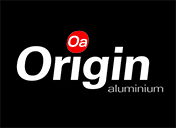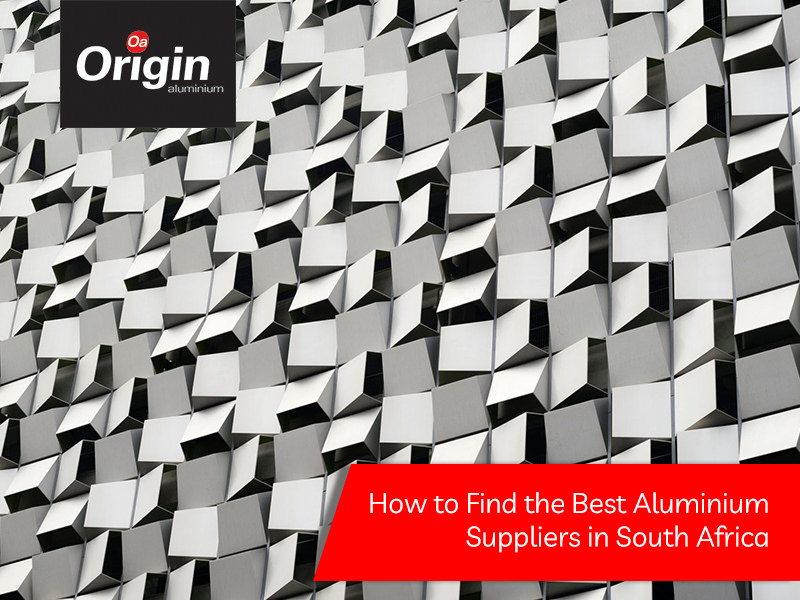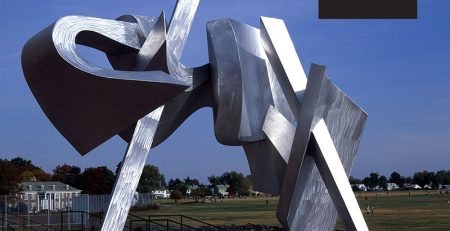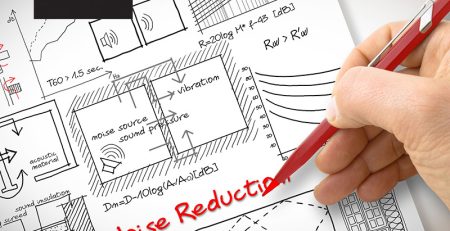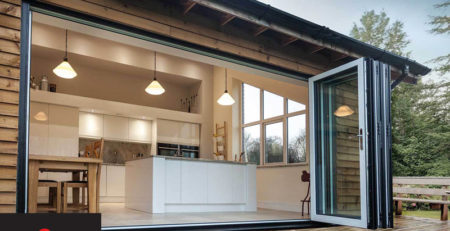Anodised Aluminium vs Powder Coated: 5 Fast Facts
We love aluminium. Its versatility and availability make it a top choice in so many different industries, from catering to construction. What other material can say the same? But what happens if we want to strengthen a piece, protect it or extend its lifespan?
Enter the powder-coated vs anodised aluminium debate. These are the top two options of coating aluminium available today, but why would you choose one over the other?
If you are looking to add a coating to your aluminium but not sure where to start, or which is the better choice, keep reading! We are going to learn more about anodising and powder coating applications and their specific properties.
1. The Application
The application process for anodising is very different to powder coating and as such offers a very different look. Choosing one or the other depends on what you want to accomplish with your project. Let’s take a quick look at the basics of each process.
Powder Coating
Powder coating is pigment in a powder form, often known as “paint without solvent”. There are several steps to the process of powder coating:
- Pre-treatment to remove any foreign particles
- The application where the powder is applied and bonds to the aluminium
- Curing – the coating is hardened in a high-temperature oven which melts the powder creating the hardened finish as it cools.
A curing oven turns the paint into a smooth finish after it has been sprayed over the aluminium. As custom colours can be used, it is often used as a more decorative finish.
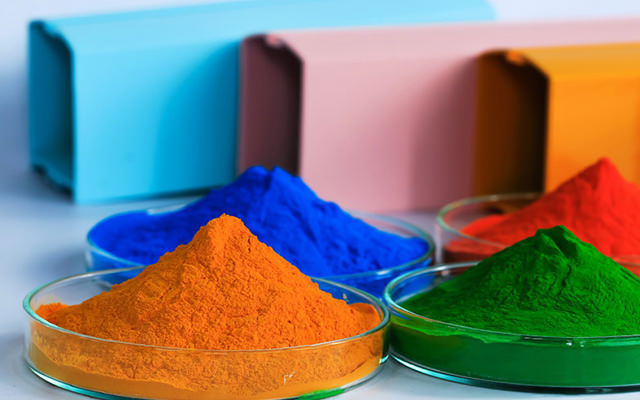
Anodised Aluminium
Anodising is an electrochemical treatment that has been around for more than 100 years. It works by creating a protective layer of aluminium oxide on top of the aluminium resulting in a hard and weatherproof finish.
The process of anodising is simple: the aluminium is immersed in a bath of acid electrolyte and an electric current is then passed through. During this process, oxygen is released from the aluminium surface and builds up as aluminium oxide. The final colour can be changed by dyeing or you can opt for a bronze look from the coating process.
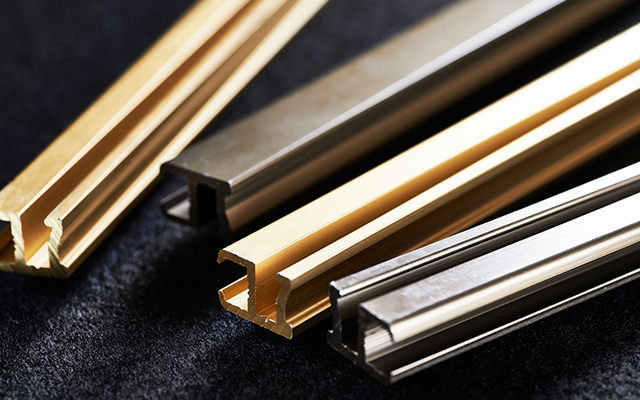
2. The Appearance
Powder coating offers a uniquely uniform appearance due to the application process, so is a great choice if consistency is needed over several projects. Powder coating has a large range of finishes available, from matt to gloss and even a textured finish.
Anodising offers a translucent appearance, and even though its uniformity has improved over the years, each batch varies slightly in colour. It offers a rich, deep metallic appearance that cannot be achieved through a topical application such as powder coating.
3. Wear and Tear
Anodised aluminium products will not fade in sunlight and will not peel or flake. It is a better process to use if your aluminium is in high traffic areas such as patio doors as it is a harder coating. The anodising process changes the external structure of the metal and therefore cannot be removed. The life span of anodised aluminium is dependent on the thickness of the application and the environment in which it is placed into.
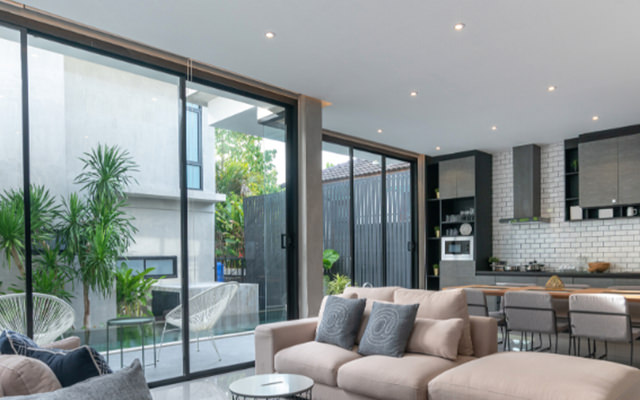
Powder coating may not be as hardy as anodised aluminium, but it is easily repaired and the colour is easy to match if needed to fix dents or chips. It offers high resistance to most chemicals and industrial cleaners but will fade eventually if exposed to sunlight weather.
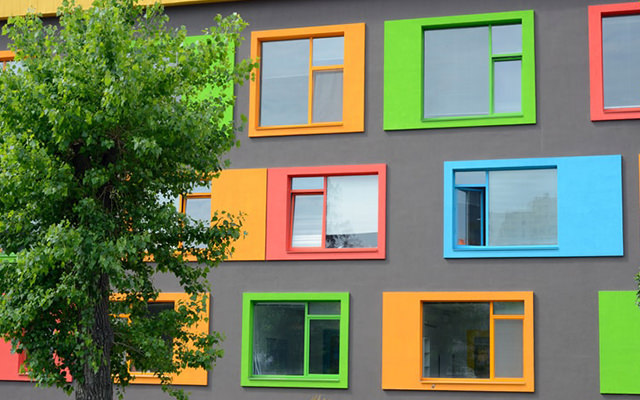
4. Consider the Environment
Although aluminium does not rust, it can still be affected by corrosion. This is why a coating should be considered based on the environment of the project. Areas with high exposure to acid rain or saltwater can bring out the weakness in the metal and cause issues.
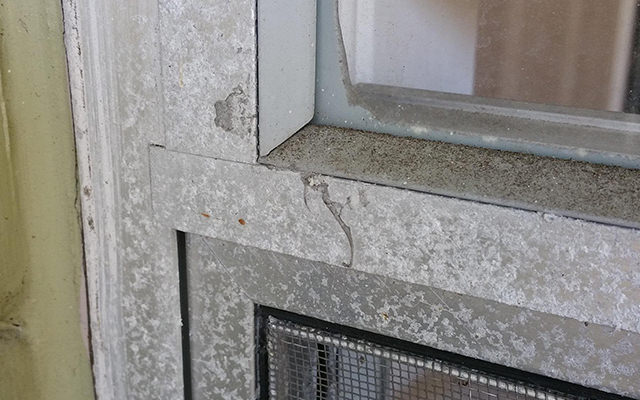
The location of your piece is an important part of choosing the right process. The most common items for anodising are furniture, appliances, sporting goods, automotive and electronic equipment., Powder coated items commonly include lawn and playground equipment, household and automotive pieces, and fire hydrants.
5. The Bad and Ugly
In either case, if it is not applied correctly, it can lead to problems. If done badly, an orange peel-like consistency will form with anodization and chalking with incorrectly cured powder coating – an appearance of white powder on the surface. These will then allow corrosion to set in.
Anodising vs Powder Coating
Now that you have a little more knowledge under your belt, you should be able to make an easy decision regarding anodizing vs powder coating.
If you would like more information about powder-coated aluminium, contact us today and one of our friendly team will be happy to answer any questions you may have.
